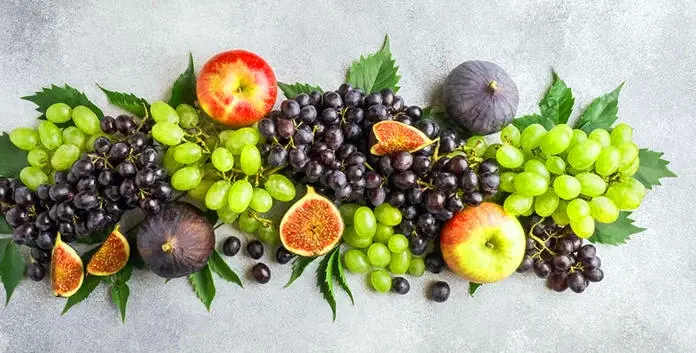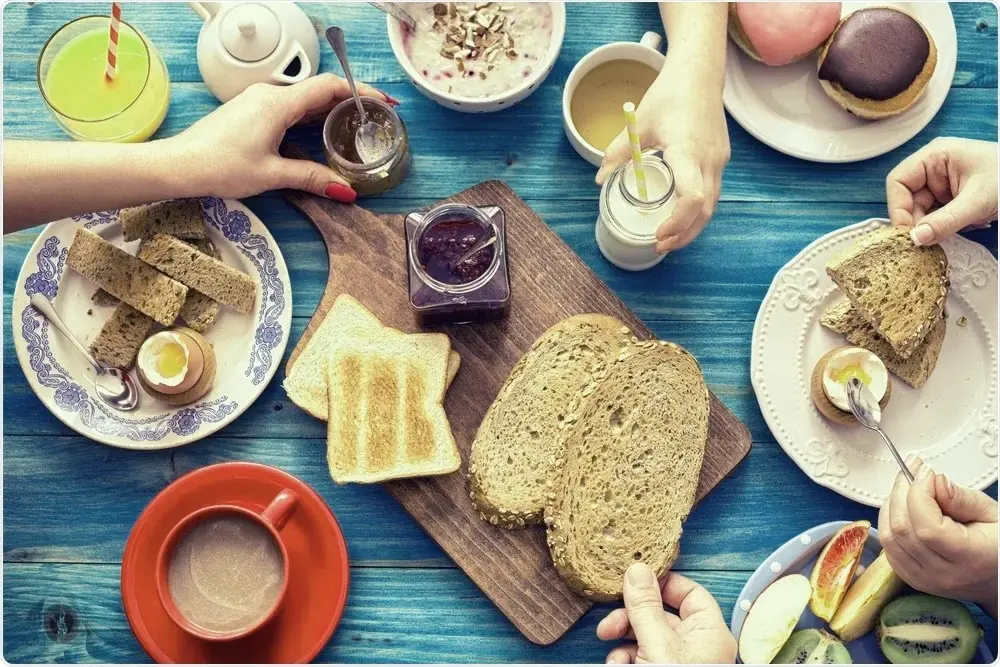Introduction: The Sweet Dilemma
There’s something undeniably seductive about a ripe mango or a cluster of glistening grapes. Nature’s candy, really. They’re juicy, vibrant, deeply satisfying. But here’s the catch: even natural sweetness has its cost.
Fruit has been championed for its vitamins, antioxidants, and fiber. Yet certain fruits—especially the very sweet ones—are rich in natural sugars. Too much of them, especially when paired with other high-carb foods, can lead to unwanted spikes in blood glucose, extra calorie load, and complications for those with metabolic concerns.
And when we compare fruit to processed sugar bombs that line supermarket shelves, the difference is striking but moderation is still key.
Natural Sugar vs. Added Sugar: What’s the Difference?
When we talk sugar, it’s key to distinguish between natural sugars (those in fruit, vegetables, dairy) and added sugars (sweeteners manufacturers or chefs add). Harvard Health notes that the sugar in whole fruit is packaged with fiber, vitamins, minerals, and antioxidants—things that help slow sugar absorption and give health benefits.
By contrast, added sugars like those in sodas, sweets, syrups—are the main culprit when it comes to obesity, type 2 diabetes, and heart disease.
Still, even natural sugars matter. Eating large amounts especially of high-sugar fruit or fruit in forms that remove fiber (like juice) can bring risks. Understanding both sides gives you the power to choose wisely.
Which Fruits Tend to Be Higher in Natural Sugar?
To get practical, here’s a comparison of fruits by sugar content per 100 grams, and what you should watch out for:
| Fruit | Approximate Sugar / 100g* | Considerations |
|---|---|---|
| Grapes | ~16g | Low fiber relative to sugar; easy to overeat. |
| Mango | ~14g | Very sweet; nutrient-rich but calorie-dense. |
| Bananas | ~12g | Great for potassium and energy; better with moderation. |
| Cherries | ~13g | Antioxidants high; sweet, but not a huge volume per serving. |
| Pineapple | ~10g | Good enzymes, but high glycemic index when ripe. |
| Apples | ~10g | More fiber; slower sugar absorption. |
| Berries (strawberry, blueberry, blackberry) | ~4-7g | Among the better options when reducing sugar load. |
As you can see, not all fruits wear the same sugar badge. A bowl of grapes may deliver more sugar than several strawberries.
Health Concerns When You Eat Too Much Sweet Fruit
1. Blood Sugar Spikes & Metabolic Stress
People with insulin resistance or prediabetes are especially vulnerable. Fruits with high natural sugar but low fiber (or eaten alone) can cause rapid rises in blood sugar. Harvard Health points out that berries, kiwis, and clementines are among fruits lower in sugar and safer choices for people monitoring blood glucose.
Also, Mayo Clinic suggests that one serving of fruit should contain no more than ~15 grams of carbohydrates in a given snack or meal.
2. Weight Gain & Energy Imbalance
Calories still count. Even though fruit is “healthy,” its sugars still supply calories. If you consume sweet fruit haphazardly snacking throughout the day, eating large portions—those extra calories can contribute to weight gain or metabolic concerns.
3. Dental Health & Cavities
Sugar (natural or added) feeds the bacteria in your mouth. Frequent exposure especially with sticky or processed fruit forms like dried fruit or fruit snacks can harm teeth if oral hygiene is neglected.
Expert Advice from Harvard Health & Mayo Clinic: How to Balance
Portion Control > Restriction
- According to Mayo Clinic, keeping to ~15 grams of carbohydrates per fruit serving is a helpful benchmark for people concerned about blood sugar.
- Harvard Health suggests choosing fruits like berries or small citrus fruits which allow you to eat satisfying amounts without overloading on sugar.
Favor Whole Fruits Over Juices
Juices often remove fiber and concentrate sugars. Harvard Health reminds us that whole fruits, vegetables, and whole grains with their fiber are much more healthful than refined or free sugars.
Choose Lower-Sugar Fruit Options
When you want fruit more often, these are better bets: berries, kiwis, clementines, apples, grapefruit.
Smart nutrient pairing tips can also help make these fruits even friendlier to your metabolism.
Pair Fruit with Protein or Healthy Fat
Combining fruit with a fat or protein slows digestion and sugar absorption. Think apples with peanut butter, berries with Greek yogurt, or mango with a few almonds.
Smarter Alternatives & How to Reduce Sugar Without Losing Satisfaction
If you want sweetness but also want to limit risk:
- Snack on berries instead of juicy fruits like mango or large bananas.
- Mix fruit with vegetables in smoothies, but always keep the fiber.
- Portion sizes matter: a small mango half vs whole; a handful of grapes vs a big bowl.
- Dried fruit caution: very concentrated sugar, easy to overdo.
For a daily go-to, choose berries, grapefruit, or kiwi as staples—they’re satisfying without a sugar overload.
The Balanced Plate: Sample Day of Fruit Choices
Think of fruit as part of the orchestra, not the soloist. Balance it with vegetables, lean proteins, whole grains, and healthy fats. That’s the formula for steady energy, stable blood sugar, and long-term health.
| Time | Fruit Choice | Pairing | Portion Size | Benefit |
|---|---|---|---|---|
| Breakfast | Berries + Greek yogurt | Protein & fat | ½ cup berries | Low sugar, high fiber & protein for steady energy |
| Mid-morning | Apple with peanut butter | Healthy fat & fiber | 1 medium apple + 1 Tbsp peanut butter | Filling, slower sugar rise |
| Lunch dessert | Small mango slice | With lunch proteins | ~½ cup mango | Enjoy sweetness while carbs spread over full meal |
| Afternoon | Clementine + handful of nuts | Fat + fiber | 1 small citrus | Minimizes spike, adds satiety |
| Evening | Smoothie (greens + berry base) | Include leafy greens or protein | 1 cup mixture | Keeps sugar balanced with fiber and other nutrients |
Final Thoughts: Sweet, but Handle with Care
Sweet fruits are gifts nutritious, delicious, natural. But like all good things, taste and moderation must go hand in hand.
- Natural sugar in fruit is healthier than refined sugar but still sugar.
- Use portion control, pairing strategies, and favor fruits lower in sugar when possible.
- Be mindful of context: your overall diet, activity level, and goals.
FAQs
1. Are sweet fruits bad for people with diabetes?
Not bad per se. They can be part of a healthy diet if chosen carefully.
recommends fruits like berries, kiwis, and clementines as safer options. Mayo Clinic advises keeping a fruit serving to about 15 grams of carbs.
2. Is fruit juice okay?
Whole fruits are better. Juices lose fiber and concentrate sugar. Harvard Health emphasizes the value of fiber in moderating sugar absorption.
3. How much fruit per day is reasonable?
For many people, 2-3 servings a day works well. If you’re managing blood sugar, aim for servings that stay within carb limits (about 15 grams each, per Mayo Clinic).
4. Does the ripeness of fruit affect sugar content?
Yes. As fruits ripen, starches convert to sugars. Very ripe fruit is sweeter and higher in sugar than just-ripe versions.
5. Are dried fruits better or worse?
Worse for sugar load. Dried fruit is concentrated sugar. Small amounts are fine, but keep an eye on portions.
Leave a comment
Your email address will not be published. Required fields are marked *



